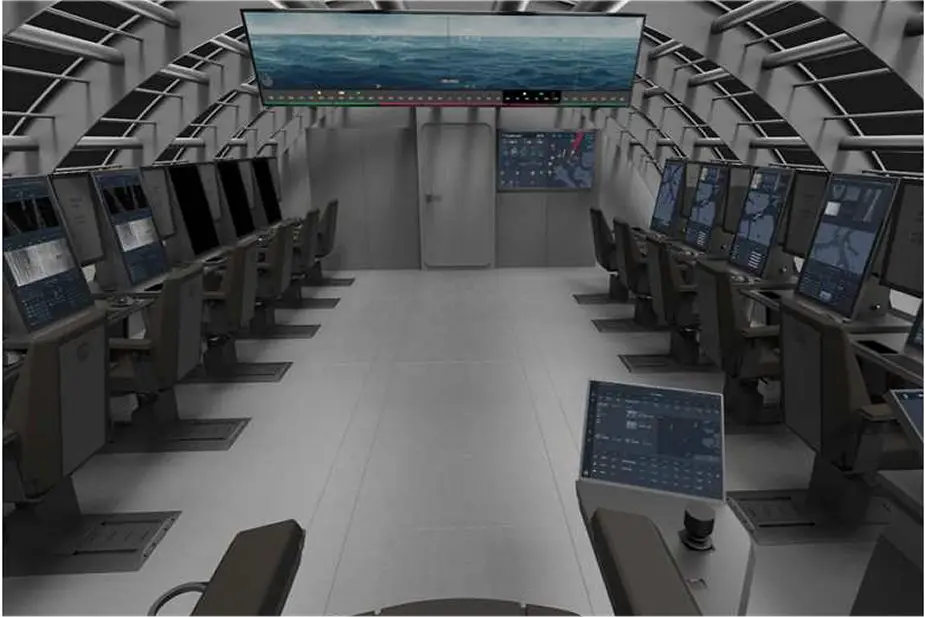Breaking news
Kongsberg wins contract to deliver ORCCA combat system elements.
According to a press release published by Kongsberg Defence & Aerospace on July 8, 2021, the firm has entered into contracts with Norway and Germany to deliver ORCCA Combat Systems elements to the six new 212 CD submarines and the naval strike missile to the two nations' navies.
Follow Navy Recognition on Google News at this link
 ORCCA combat system elements (Picture source: Kongsberg)
ORCCA combat system elements (Picture source: Kongsberg)
The contract for NSM is a joint procurement by Norway and Germany valued at 4,404 MNOK. Germany is the 6th nation to select NSM. For Norway, the contract will serve to replenish and update the current inventory.
NSM is the latest 5th generation, long-range, precision strike missile in the market today. The NSM has a stealth design and passive infra-red, imaging sensor making it difficult to detect, increasing its accuracy thus avoiding collateral damage. The NSM is multi-mission (sea- and land targets) with a stand-off range of more than 100 nautical miles.
The contract for the ORCCA(tm) Combat System is a subcontract from ThyssenKrupp Marine Systems GmbH, the prime contractor for the 212CD submarines, to kta naval systems AS. KONGSBERG's share of the combat system contract is valued 3,800 MNOK.
ORCCA(tm) combines, for the first time, maximum adaptability with the highest level of IT security. It enables its operators to conduct advanced data analytics from a wide range of sensors and systems via the multi-functional console providing a comprehensive and accelerated decision-making process.
KTA naval systems AS was founded in October 2017 as a joint venture between ThyssenKrupp Marine Systems, it's Naval Electronic Systems business unit (ATLAS ELEKTRONIK) and Kongsberg Defense & Aerospace. Based on the combined expertise and products of the joint venture partners, KTA naval systems with its product family of ORCCA(tm) Combat Systems will exclusively develop, produce and maintain all future submarine combat systems for ThyssenKrupp Marine Systems submarines.
The Naval Strike Missile (NSM) is an anti-ship and land-attack missile developed by the Norwegian company Kongsberg Defence & Aerospace (KDA).
The state-of-the-art design and use of composite materials is meant to give the missile sophisticated stealth capabilities. The missile will weigh slightly more than 400 kg (880 lb) and have a range of more than 185 km (100 nm). NSM is designed for littoral waters ("brown water") as well as for open sea ("green and blue water") scenarios.
The usage of a high strength titanium alloy blast/fragmentation warhead from TDW is in line with the modern lightweight design and features insensitive high-explosive. Warhead initiation is by a void-sensing Programmable Intelligent Multi-Purpose Fuze designed to optimise effect against hard targets.
Like its Penguin predecessor, NSM is able to fly over and around landmasses, travel in sea skim mode, and then make random manoeuvres in the terminal phase, making it harder to stop by enemy countermeasures. While the Penguin is a yaw-to-turn missile, NSM is based on bank-to-turn flight. In 2016, it was confirmed by the Royal Norwegian Navy that NSM also can attack land targets.


























